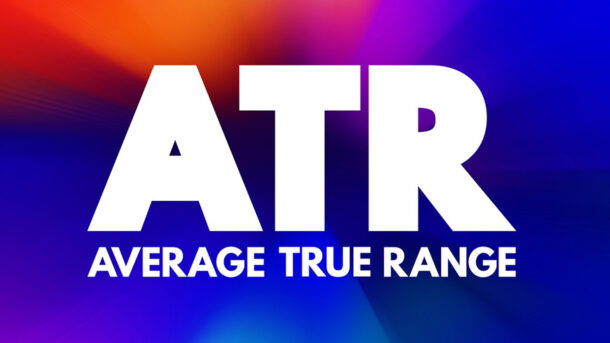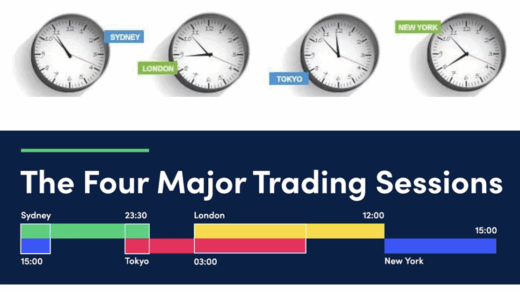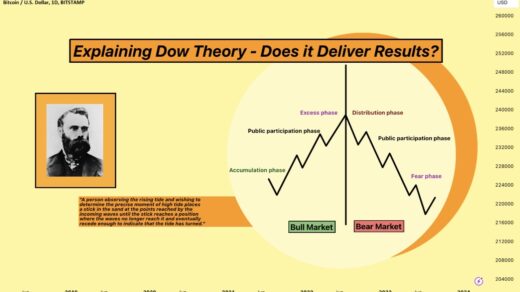Discover how the Average True Range (ATR) indicator can boost your intraday trading. Learn what ATR measures, how it differs from momentum indicators, and practical ways to apply it for targets, stop-loss, and trend confirmation.
What Is ATR?
The Average True Range (ATR) is one of the most popular volatility indicators used in trading. It was developed by Welles Wilder Jr. in his 1978 book New Concepts in Technical Trading Systems.
Unlike momentum or trend indicators such as RSI or Stochastics, the ATR measures volatility—the size of price moves. For day traders and swing traders, this makes ATR a powerful “compass” for understanding market behavior and setting realistic trade targets.
By default, ATR is calculated as a 14-period exponential moving average of true ranges, but the period can be adjusted depending on your strategy.
The Core Idea Behind ATR
At its heart, ATR answers a simple question: “How much does the market usually move?”
- A large candlestick = higher ATR
- A small candlestick = lower ATR
- ATR also accounts for wicks/shadows, reflecting the full price range
When set to 1 period, ATR simply measures the range of a single candle. With the standard 14-period setting, it averages volatility over the past 14 candles, smoothing out short-term noise.
For traders, this means ATR shows the typical size of recent price moves—a foundation for smarter stop-loss, target, and position-sizing decisions.
Volatility vs. Momentum: The Key Difference
Many traders confuse volatility with momentum, but they are not the same:
- Volatility = how far prices swing back and forth around an average
- Momentum = strength and direction of a trend
For example:
- In a strong uptrend, momentum is high, candles are orderly, shadows are short → ATR may remain low despite trend strength
- In a messy downtrend, candles have long wicks, price swings are chaotic → ATR becomes high even though the trend is bearish
This explains the market adage: “Stocks climb like stairs but fall like elevators.” Rising markets often show low volatility, while falling markets tend to spike volatility.
Using ATR for Trend Analysis
ATR is not a trend indicator, but changes in volatility often signal market shifts.
- Low ATR = consolidation, sideways markets
- Rising ATR = breakout or start of a new trend
- Falling ATR = trend exhaustion or stabilization
One practical approach is combining ATR with an EMA (Exponential Moving Average):
- ATR above EMA = trending environment
- ATR below EMA = possible reversal or sideways phase
- ATR clustering around EMA = tight range / no clear direction
This makes ATR a valuable confluence tool for trend-following strategies.
ATR in Practice: Three Key Use Cases
1. Market Selection
Different instruments have different average daily ranges. For example:
- AUD/JPY may move 110 pips per day
- AUD/CHF may move only 50 pips
Traders seeking bigger opportunities can prioritize high-ATR markets, while avoiding pairs or assets with very low ranges.
2. Setting Realistic Targets
Knowing the average daily range helps traders avoid overly ambitious targets.
- If AUD/JPY moves ~110 pips per day, setting a 200-pip intraday target is unrealistic
- Instead, aiming for 70–80 pips improves win probability
The Keltner Channel, built around ATR, is especially useful here. Prices that reach the outer ATR bands often indicate momentum exhaustion—ideal zones to take profit.
3. Trend Continuation & Breakout Trading
ATR-based channels also help judge whether a breakout has fuel left.
- A breakout happening near the upper ATR band may already be stretched, lowering the odds of further continuation
- Breakouts from low ATR phases often kickstart strong new trends
In short: ATR tells you whether the market still has “room to run.”
The “Exhaustion Signal” of ATR
Another common use is spotting trend exhaustion. When ATR peaks at the same time a trend reaches its climax, it often signals the move is near completion.
Example:
- In a downtrend, ATR keeps rising as candles get larger
- At the very bottom, ATR reaches its highest value
- As ATR begins to fall, the downtrend usually loses steam
This makes ATR especially valuable for traders looking to time exits before the market reverses.
Putting It All Together
The ATR is one of the most versatile trading indicators:
- It measures volatility, not trend direction
- It helps set stop-losses and profit targets
- It can confirm trend strength and market phases
- It works across intraday and swing trading
👉 For short-term traders: use smaller ATR periods to track immediate volatility
👉 For longer-term traders: use larger ATR periods to smooth out bigger moves
By combining ATR with trend indicators (like RSI, EMA, or Stochastics), traders can gain a complete picture: direction + strength + volatility.
Final Takeaway
The ATR may not predict where the market is going, but it tells you how much it can move. For day traders, this insight is invaluable: it sets realistic expectations, refines targets, and protects against overexposure.
In a world where 90% of retail traders lose money due to poor risk management, the ATR is not just a “nice-to-have” indicator—it’s a survival tool.




